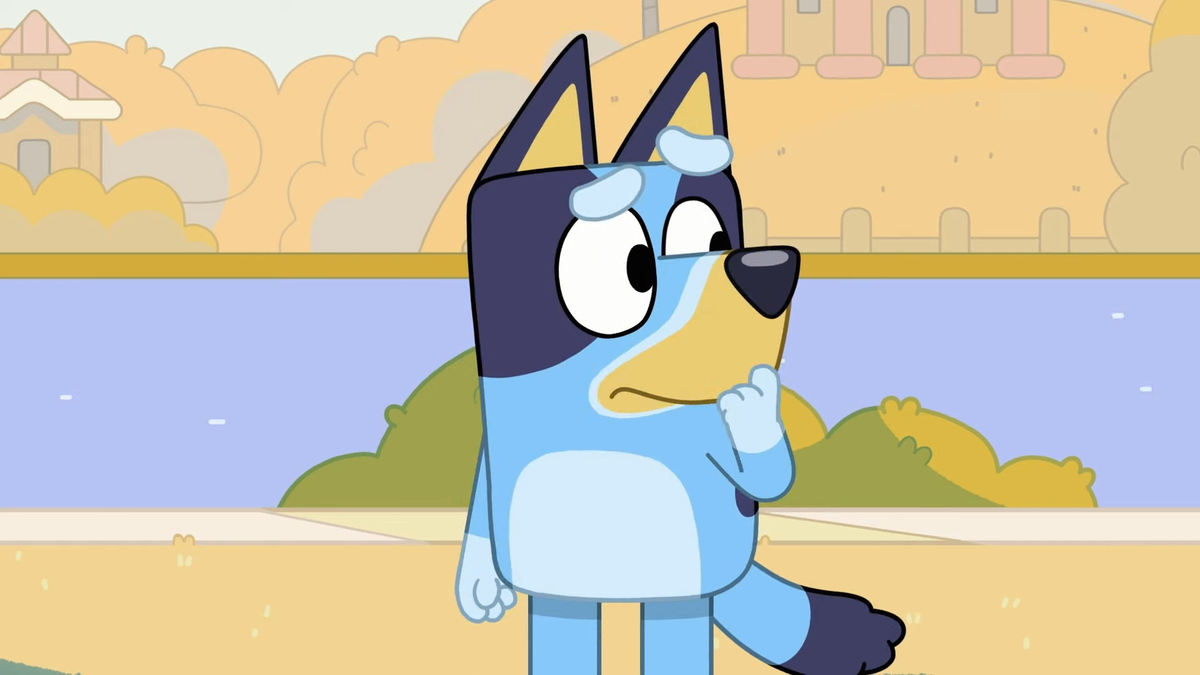Bluey may be a kids’ show, but it’s never shied away from tackling certain subjects. The fact that it breaks them down for children to understand and ponder over is exactly what makes this series so great.
Naturally, Bluey is meant to entertain youngsters first and foremost, but sometimes, we get episodes that are best enjoyed by their parents. Episodes such as “Whale Watching,” which portrays Bandit and Chilli with hangovers, and “The Show,” which tackles miscarriages are just a couple of examples of how the series manages to subtly weave more serious topics into the narrative.
When it comes to gender norms and expectations, Bluey accomplishes something similar by simply existing. How? Well, it’s safe to say that when coming across the show for the first time, folks tend to assume that the titular character, Bluey Heeler, is a boy. Episode after episode, though, that idea is challenged, as viewers start to question whether or not their assumption is correct.
The pupper is mostly blue, sure, but we’ve seen animated characters defy gender expectations in the past. Thus, it’s natural for viewers to wonder if this is the case with Bluey. Could this character be exactly what meets the eye, or is there more to the story? For fans with sharp ears, the answer seems quite obvious.
Is Bluey actually a boy?
Bluey Heeler is a girl, not a boy, much like her younger sister Bingo. If viewers pay attention, they’ll notice other characters refer to Bluey with she/her pronouns in the show, which is enough to clear up any doubts. That said, it’s understandable why a lot of people get into Bluey thinking that the six-year-old is a boy.
Like it or not, blue is a color that been associated with masculinity, and pink with femininity for over a century. Thus, all it takes is for a character to be designed with one of these colors for us to assume their gender. Besides, the dad in the show, Bandit, is also blue, which further strengthens the assumption in our brains that Bluey must be a boy. In reality, though, the puppy simply takes after her father in color, but that isn’t indicative of her gender.
By making the main character a blue-colored girl, Bluey naturally defies gender expectations and assumptions. This is only fitting for a show that focuses on gently teaching children valuable life lessons with a big share of its enjoyable episodes.
